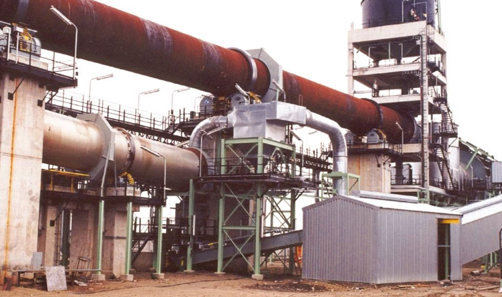Introduction
Petroleum coke, or petcoke, is a carbon-rich solid material derived from the oil refining process, specifically from the residue of crude oil distillation. The calcination process of petcoke involves heating the raw material to high temperatures to remove volatile matter and impurities, resulting in a high-quality, high-carbon product known as calcined petroleum coke (CPC). This article provides a comprehensive overview of the calcination process, its importance, and the factors affecting its efficiency.

Calcination Process: An Overview
The calcination process of petcoke involves several key steps, including:
- Preparation: Green petroleum coke, the raw material for calcination, is first crushed and screened to obtain the desired particle size distribution.
- Heating: The prepared petcoke is then heated in a calcination kiln, typically a rotary kiln, at temperatures ranging from 1200°C to 1350°C (2192°F to 2462°F). This high-temperature treatment removes volatile matter, such as hydrocarbons and moisture, and reduces the levels of sulfur and nitrogen impurities.
- Cooling: After calcination, the hot calcined petroleum coke is cooled to room temperature using a cooling system, such as a rotary cooler or a water quenching system.
- Storage and Handling: The cooled CPC is then stored in silos or other storage facilities, ready for transportation and use in various industrial applications.
Importance of the Calcination Process
The calcination process is crucial for several reasons:
- Quality Improvement: Calcination significantly improves the quality of petcoke by removing volatile matter and impurities, resulting in a high-carbon, low-sulfur, and low-nitrogen product suitable for various industrial applications, such as aluminum and steel production, and graphite product manufacturing.
- Energy Recovery: The energy released during the calcination process can be recovered and utilized for other purposes, such as preheating the incoming green coke or generating steam for power generation. This contributes to the overall energy efficiency of the process and reduces the environmental impact of petcoke production.
- Value Addition: Calcination adds value to the raw petcoke by transforming it into a high-quality product with a wide range of industrial applications, thereby increasing its market value and demand.
Factors Affecting Calcination Efficiency
Several factors can influence the efficiency of the calcination process, including:
- Temperature: The calcination temperature plays a critical role in determining the quality of the final product. Higher temperatures result in a higher degree of calcination, leading to a higher carbon content and lower impurities in the CPC. However, excessively high temperatures can cause product degradation and increase energy consumption.
- Residence Time: The residence time, or the time the petcoke spends in the calcination kiln, affects the degree of calcination and the quality of the final product. Longer residence times can result in a higher degree of calcination, but may also increase energy consumption and the risk of product degradation.
- Particle Size Distribution: The particle size distribution of the green coke affects the calcination efficiency, as smaller particles have a larger surface area and can be more easily and uniformly calcined. However, excessively small particles can cause operational issues, such as poor material flow and increased dust generation.
- Kiln Design and Operation: The design and operation of the calcination kiln, including factors such as kiln dimensions, rotation speed, and heat transfer mechanisms, can significantly impact the calcination efficiency and product quality. Optimizing these factors can help improve the overall performance of the calcination process.
Conclusion
The calcination process of petroleum coke is a critical step in transforming raw petcoke into a high-quality, high-carbon product suitable for various industrial applications. The process involves heating the petcoke to high temperatures, removing volatile matter and impurities, and cooling the resulting calcined petroleum coke. The efficiency of the calcination process is influenced by factors such as temperature, residence time, particle size distribution, and kiln design and operation. Understanding and optimizing these factors can help improve the overall performance of the calcination process and contribute to the sustainable production of calcined petroleum coke.



Write a Message